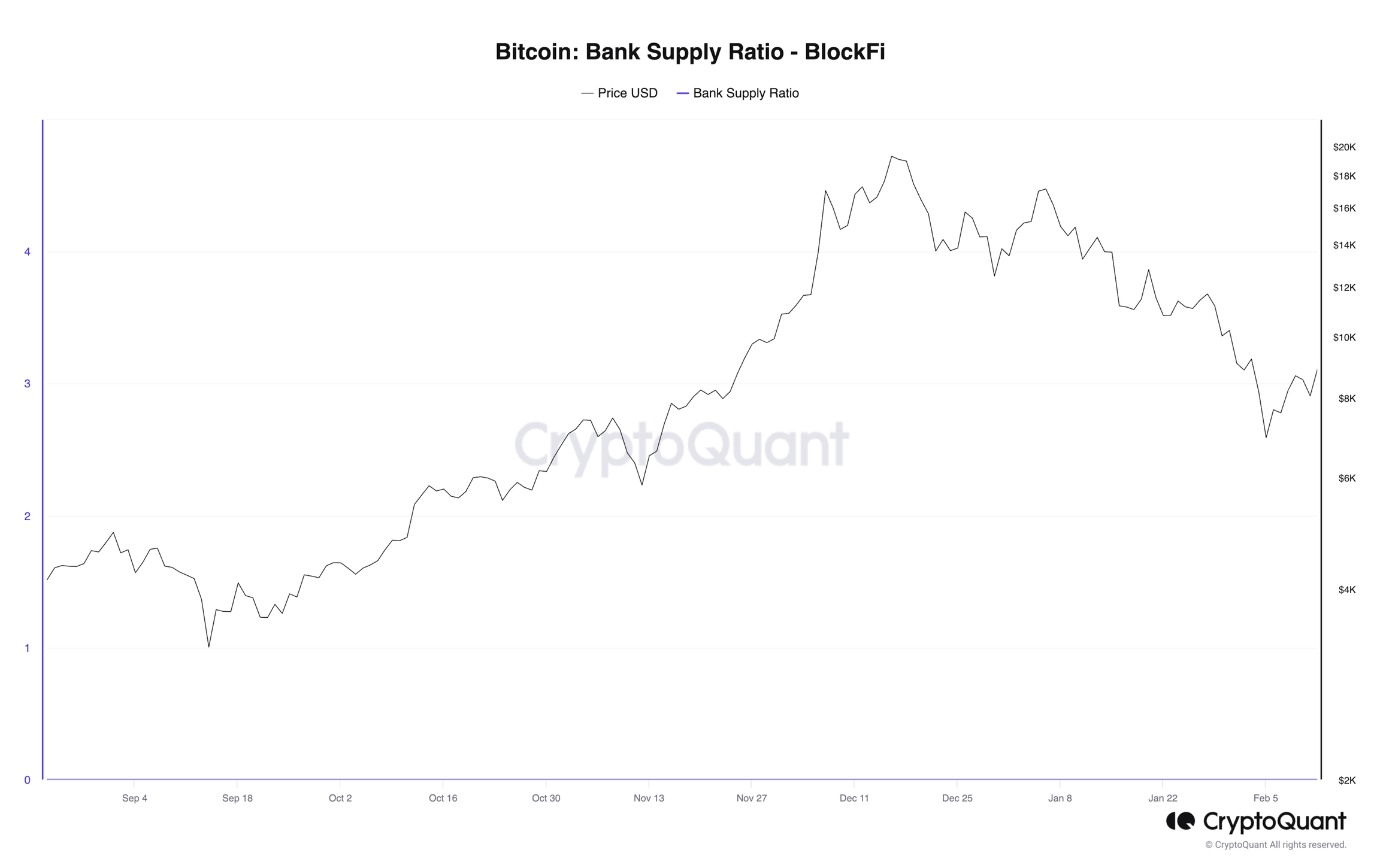Bank Supply Ratio
Bank Supply Ratio is calculated as the bank reserve divided by the total supply.
Definition
Bank Supply Ratio is calculated as the bank reserve divided by the total supply. The metric measures the ratio of tokens reserved in bank wallets relative to the total supply of the token.
Calculation Method
The Bank Supply Ratio is derived through a straightforward calculation – the bank reserve is divided by the total supply of the token. This simple yet powerful formula unveils a percentage that reflects the proportion of tokens held in bank wallets compared to the overall supply available in the market.
Exploring Bank Supply Ratio in Cryptocurrency Analysis

The Bank Supply Ratio is a critical metric of cryptocurrency analysis, offering profound insights into the dynamics of token reserves and their relationship with the total token supply. Let's delve deeper into the intricacies of this metric to understand its significance and how it contributes to a comprehensive evaluation of the market.
Understanding Total Supply
Total supply refers to the overall quantity of tokens that exists in the cryptocurrency ecosystem. It includes tokens in circulation, those held by individual investors, and, importantly, the tokens reserved in bank wallets. This comprehensive approach ensures that the Bank Supply Ratio encapsulates the entire spectrum of token distribution.
Significance of the Ratio
The resulting ratio from this calculation is a key indicator of the token's liquidity and concentration. A higher Bank Supply Ratio suggests a larger portion of the total token supply is held in bank reserves, indicating potential concentration among major stakeholders. Conversely, a lower ratio implies a more dispersed distribution, with a significant portion of tokens in the hands of individual investors.
Implications for Market Analysis
Analysts and investors utilize the Bank Supply Ratio to draw insights into market dynamics and anticipate potential shifts. A rising ratio may signal increased concentration, potentially impacting market volatility. On the other hand, a decreasing ratio could indicate a more decentralized distribution, which might lead to a more stable market.
Risk Assessment and Decision-Making
For investors and traders, understanding the Bank Supply Ratio is instrumental in risk assessment and decision-making. High concentration in bank reserves might suggest vulnerability to market manipulation by large entities, whereas a balanced distribution may foster a healthier and more resilient market.
Incorporating Bank Supply Ratio in Strategies
Savvy market participants often incorporate the Bank Supply Ratio into their analytical strategies. By monitoring changes in this ratio over time, traders can adapt their strategies to align with evolving market conditions, potentially gaining a competitive edge in the fast-paced cryptocurrency landscape.
Final Notes
In conclusion, the Bank Supply Ratio stands as a valuable metric for those navigating the cryptocurrency market. Its capacity to reveal insights into token concentration, liquidity, and potential market shifts makes it an indispensable tool for comprehensive market analysis and strategic decision-making. As the cryptocurrency ecosystem continues to evolve, the Bank Supply Ratio remains a key metric for those seeking a nuanced understanding of market dynamics.
Last updated
Was this helpful?